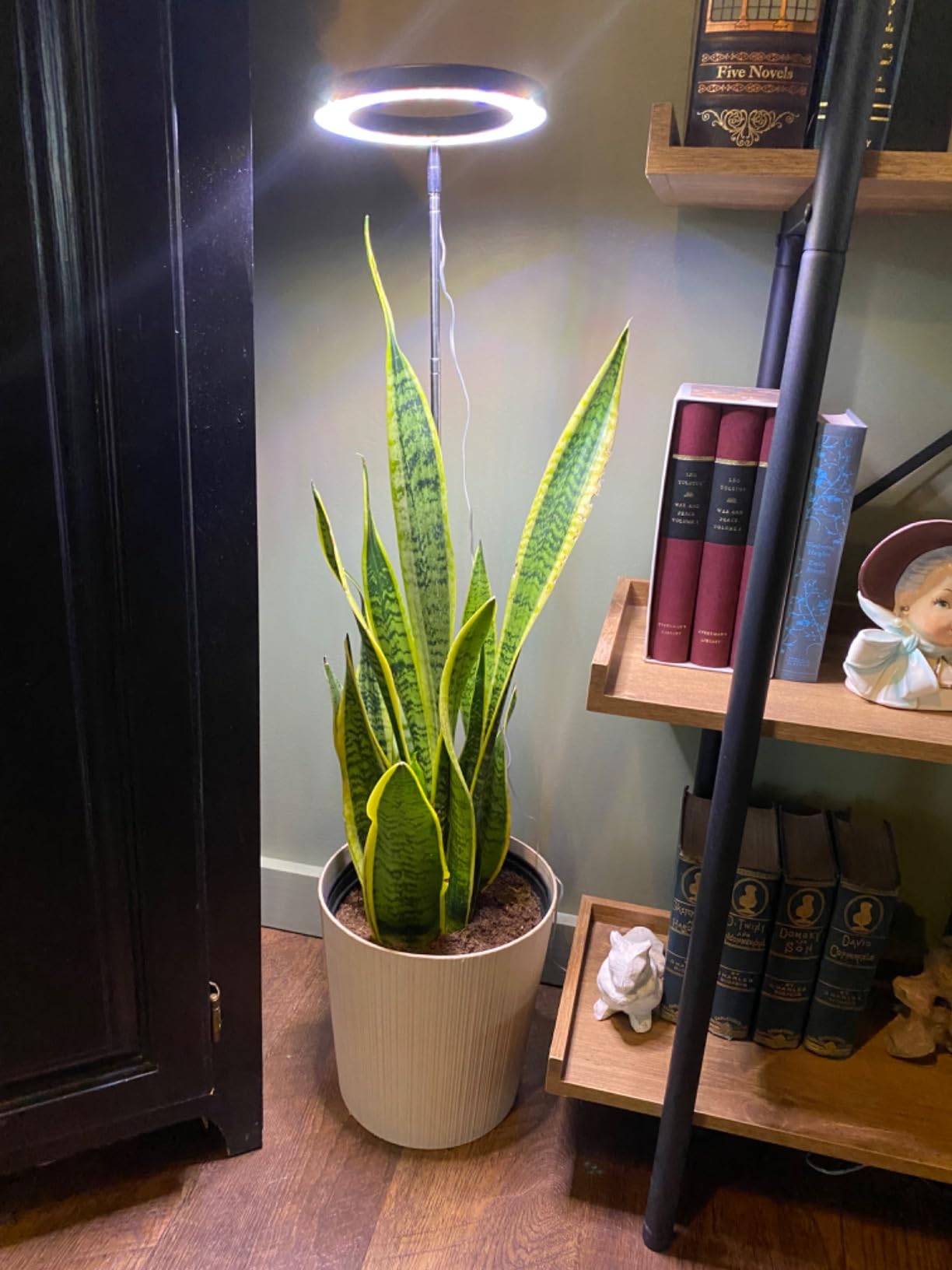How to Choose the Right Plant Light for Your Indoor Garden

Selecting the appropriate plant light for your indoor garden can seem like a daunting task, given the wide variety of options available on the market. However, by considering a few key factors, you can make an informed decision that will benefit your plants and your gardening experience.
1. Consider Your Plant's Light Requirements
Different plants have different light needs. Some plants, like succulents and cacti, are sun - loving and require a high - intensity light source. On the other hand, plants such as ferns and some tropical foliage plants can thrive under lower - light conditions. Research the specific light requirements of the plants you are growing. Look for information on the amount of light they need (measured in foot - candles or lux) and the ideal light spectrum. For example, if you're growing leafy greens like lettuce, a light with a balanced blue and red spectrum will support healthy leaf growth.
2. Evaluate the Light Spectrum
As mentioned earlier, the light spectrum is crucial for plant growth. A full - spectrum light, which mimics natural sunlight, is generally a good choice for most plants. However, if you're growing plants at different stages, you may need to adjust the spectrum. For the vegetative stage, a light with a higher proportion of blue light will encourage strong stem and leaf development. During the flowering and fruiting stage, a higher percentage of red light will promote flower and fruit formation. Some advanced LED plant lights allow you to adjust the light spectrum according to your plants' growth stage.
3. Think about the Size of Your Growing Area
The size of your indoor garden will determine the amount of light you need. For a small windowsill herb garden, a compact fluorescent light or a small LED grow light may be sufficient. However, if you have a larger greenhouse or a dedicated indoor grow room, you'll need more powerful light sources. Calculate the square footage of your growing area and look for lights that are rated to cover that area. For example, a 400 - watt HPS light can typically cover an area of about 4 - 6 square feet effectively.
4. Energy Efficiency and Cost
Energy costs can add up, especially if you're running your plant lights for long hours. LED lights are generally the most energy - efficient option, consuming less power while providing a high light output. They also have a longer lifespan, which means less frequent replacement. While the initial cost of LED lights may be higher compared to some other types, in the long run, they can save you money. Consider the energy consumption and the cost of replacement bulbs or units when choosing a plant light.
In summary, choosing the right plant light involves understanding your plants' needs, evaluating the light spectrum, considering the size of your growing area, and factoring in energy efficiency and cost. By taking these steps, you can create an optimal lighting environment for your indoor garden.
